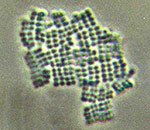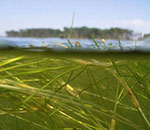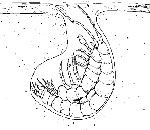Chesapeake Bay Monitoring
Main_Content
Maryland routinely measures key components of the Chesapake Bay ecosystem including pollutant inputs, water quality, habitat, and living resources.
The purpose of this monitoring is to track the effectiveness of management actions, target areas in need of protection and restoration, and better understand Maryland's waterways to ensure that all Marylanders have access to safe, clean water.
These Chesapeake Bay monitoring programs are an integrated set of components that together provide a comprehensive assessment of Bay conditions.
 |
| Simple plants that range in size from tiny cells floating in Bay waters to large mats growing on bottom sediments |
 |
| The plant types and areal coverage of submerged aquatic vegetation |
 |
| The amount of nutrients, sediment, and freshwater entering the Bay from major tributaries |
 |
| The species and abundance of animals found living in the Bay bottom sediments |
 |
| Research studies to better understand the Chesapeake Bay ecosystem |